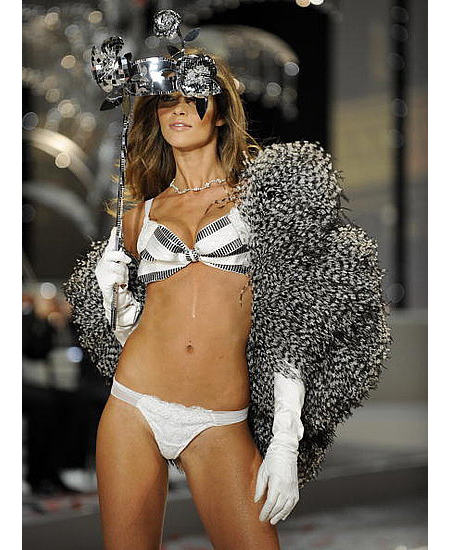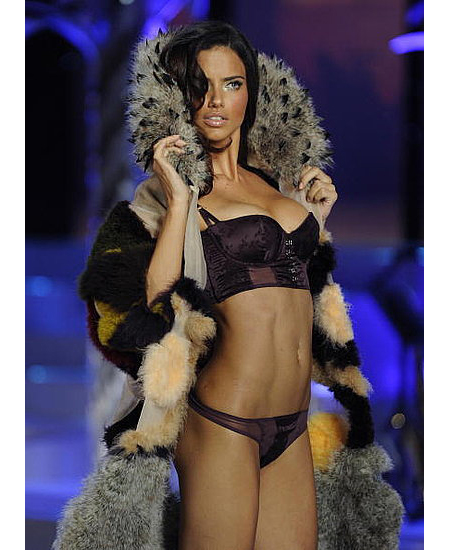
Fashion, by definition, changes constantly. The change may proceed more rapidly than in most other fields of human activity (language, thought, etc). For some, modern fast-paced change in fashion embodies many of the negative aspects of capitalism: it results in waste and encourages people qua consumers to buy things unnecessarily. Others, especially young people, enjoy the diversity that changing fashion can apparently provide, seeing the constant change as a way to satisfy their desire to experience "new" and "interesting" things. Note too though that fashion can change to enforce uniformity, as in the case where so-called Mao suits became the national uniform of Mainland China.

Materially affluent societies can offer a variety of different fashions, in clothes or accessories, to choose from. At the same time there remains an equal or larger range designated (at least currently) 'out of fashion'. (These or similar fashions may cyclically come back 'into fashion' in due course, and remain 'in fashion' again for a while.)
 Practically every aspect of appearance that can be changed has been changed at some time. In the past, new discoveries and lesser-known parts of the world could provide an impetus to change fashions based on the exotic: Europe in the eighteenth or nineteenth centuries, for example, might favour things Turkish at one time, things Chinese at another, and things Japanese at a third. The global village has reduced the options of exotic novelty in more recent times. Fashion houses and their associated fashion designers, as well as high-status consumers (including celebrities), appear to have some role in determining the rates and directions of fashion change.
Practically every aspect of appearance that can be changed has been changed at some time. In the past, new discoveries and lesser-known parts of the world could provide an impetus to change fashions based on the exotic: Europe in the eighteenth or nineteenth centuries, for example, might favour things Turkish at one time, things Chinese at another, and things Japanese at a third. The global village has reduced the options of exotic novelty in more recent times. Fashion houses and their associated fashion designers, as well as high-status consumers (including celebrities), appear to have some role in determining the rates and directions of fashion change.